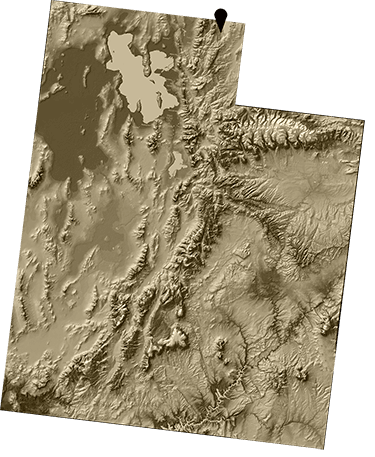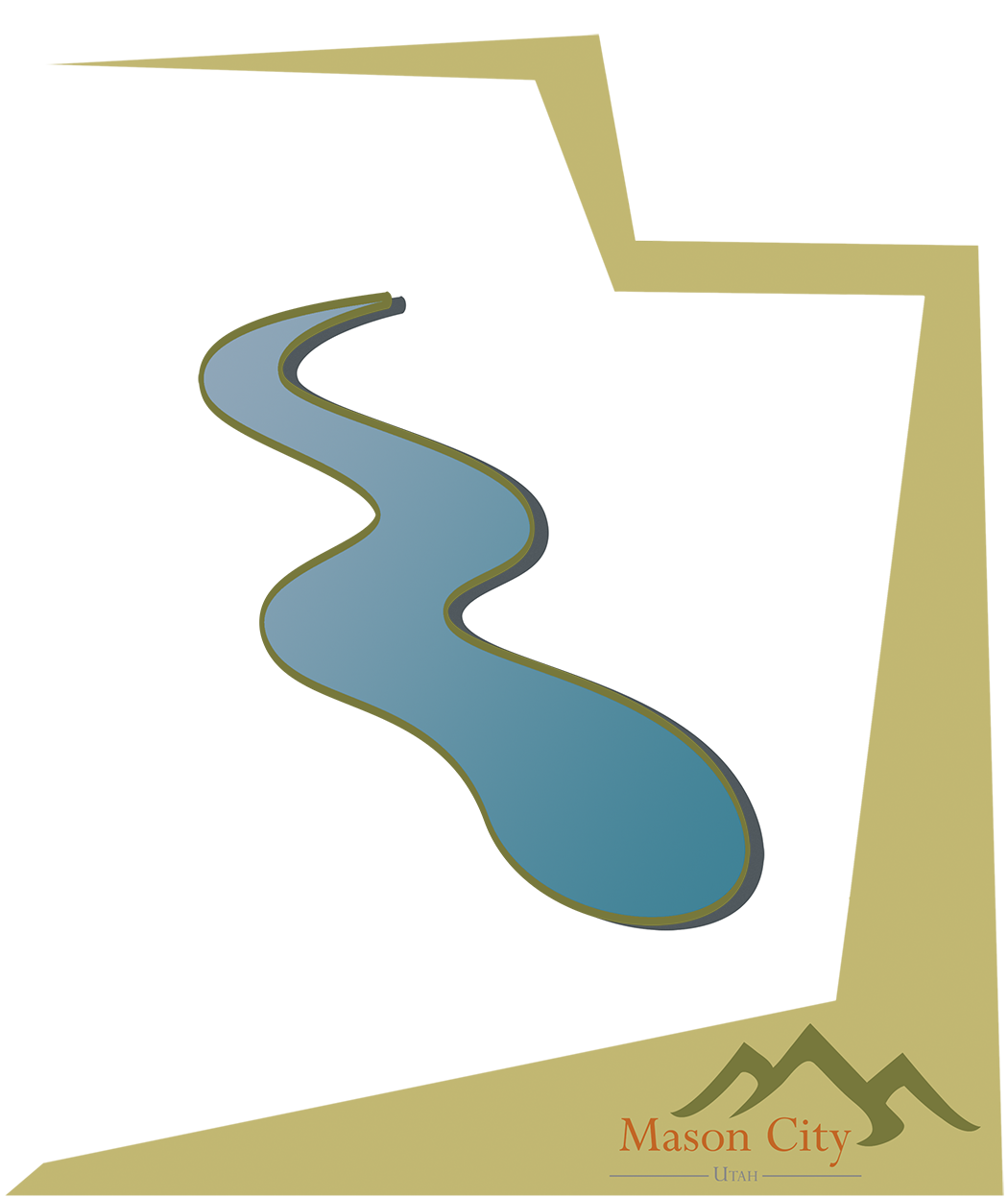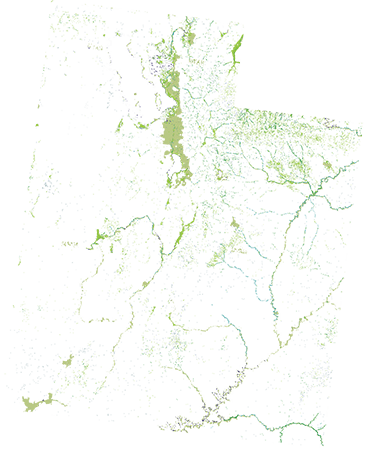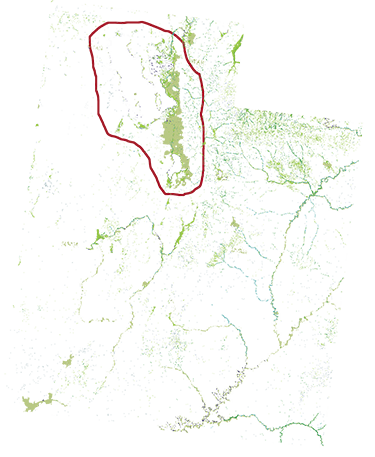The Millennium Ecosystem Assessment determined the value wetlands provide to be worth $15 trillion.
In California, economists found that each dollar invested by taxpayers for the South Bay wetland restoration returned more than $15 in net economic benefits.
New York City found that it could avoid spending $3-8 billion on new waste water treatment plants by investing $1.5 billion in the purchase of land around the reservoirs upstate.


Wetlands account for approximately 1% of the land in Utah.
75% of Utah's wetlands are part of the Great Salt Lake ecosystem.
Though they cover only a small part of the land, Utah’s wetlands perform critical functions.
The most significant social and economic benefit that wetlands provide is flood control. Peatlands and wet grasslands alongside river basins act like sponges, absorbing rainfall and controlling its flow into streams and rivers.
An acre of wetlands can store 1.5 million gallons of floodwater. That’s more than 2 Olympic-size swimming pools.
The holding capacity of wetlands helps control floods and prevents water logging of crops.
Preserving and restoring wetlands together with other water retention can often provide the level of flood control otherwise provided by expensive dredge operations and levees.
Wetlands help moderate global climate conditions by storing carbon within their plant communities and soil instead of releasing it into the atmosphere as carbon dioxide.
Wetlands are estimated to store almost 2 trillion pounds of carbon each year. This amount of carbon storage would offset the impact of vehicle emissions from everyone in Utah for 190 years.





Wetlands are natural water purifiers.
Sunlight assists photosynthesis, causes chemical reactions, and kills harmful pathogens.
Plants remove nutrients, trap metals, minerals, and solids, prevent algae growth, and add oxygen.
Bacteria in the soil remove nutrients and transform organic matter into food sources for other microbes.
Wind provides energy for mixing water, thereby preventing stagnation, removing airborne gases and particles, and adding oxygen.
Wetlands are among the most productive ecosystems in the world, comparable to rain forests and coral reefs.
It has been estimated that freshwater wetlands hold more than 40% of all the world’s species and 12% of all animal species.
Wetlands are also a place for people. They offer a space to hike, bike, fish, kayak, canoe, and bird watch.
These recreation activities are also important for our economy. A 2011 report by the US Fish and Wildlife Service found that birding alone generates 666,000 jobs and $13 billion in local, state, and federal tax revenue.
The continental United States has lost more than 50% of its wetlands since the 1600s.
Some wetlands have disappeared due to rising sea levels while some have evaporated during extreme droughts. Others have been filled in or drained during construction.
Fortunately, the rate of loss has decreased in recent years due to conservation efforts.
The Mason River Wetland is an example of wetland restoration. It was created to offset the loss of wetlands that were filled in during construction.
The decisions each of us make impact our wetlands. By making smart choices, you can help wetlands thrive.
See how you can help Utah’s wetlands thrive.
One of the simplest things you can do is learn about wetlands in your area and educate others. Visit Mason River Wetland.









